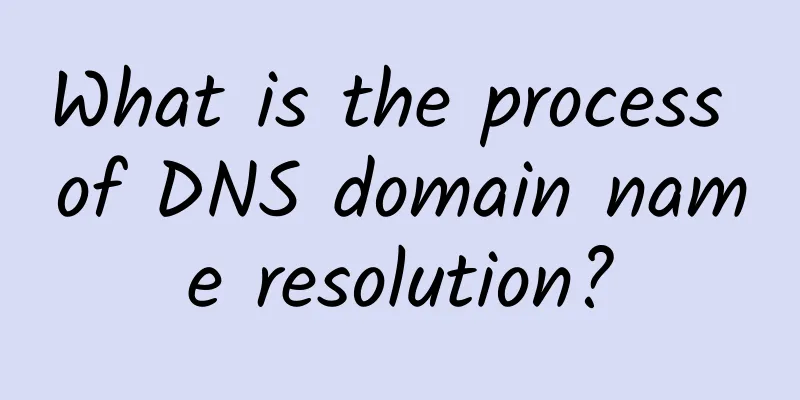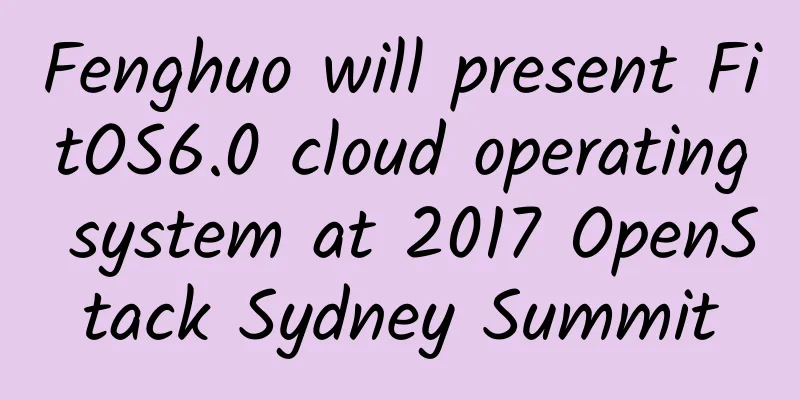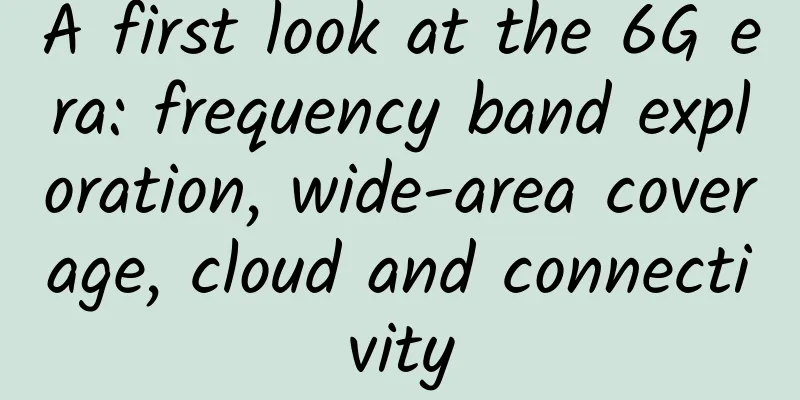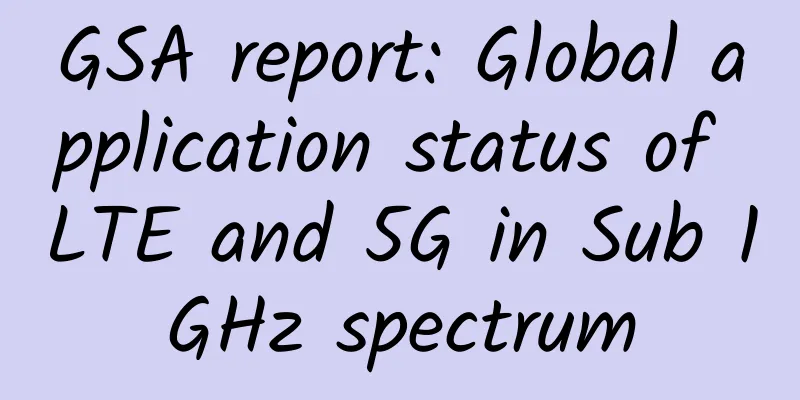What is the process of DNS domain name resolution?

|
Interviewer: Please tell me what the process of DNS domain name resolution is like? The DNS protocol is an application layer protocol based on UDP. It is used to convert the website's URL, that is, the domain name, into an IP address so that users can access the website. picture DNS links domain names and IP addresses together. With a DNS server that stores the correspondence between website domain names and IP addresses, we don't have to enter the IP address to visit a website. Instead, we enter the URL and then access the website by requesting the DNS server to obtain the IP corresponding to the domain name. picture The namespace of a DNS domain is a tree-like hierarchical structure, which can generally be divided into a root domain, a first-level domain (also called a top-level domain), a second-level domain, a subdomain, and a host name. picture Correspondingly, there will be a domain name server at each layer of the domain name to provide domain name resolution services at the corresponding level. picture The process of DNS domain name resolution is that the host first checks the DNS cache on the local browser, then checks the DNS cache and hosts file in the local operating system. If there is no DNS domain name resolution, it will initiate a DNS domain name resolution request to the local DNS server. If the local DNS server has the IP address corresponding to the requested domain name, it will directly return to tell the host. If not, it will send a request to the root domain name server. The root domain name server is the highest level and is not directly used for domain name resolution, but it will tell the local DNS server to find the corresponding top-level domain name server. Then, the local DNS server will find the corresponding top-level domain name server for request. The top-level domain name server will tell the local DNS server to find the corresponding authoritative DNS server. The local DNS will then turn to ask the authoritative DNS server. After the authoritative DNS server queries, it will tell the local DNS the corresponding IP address, and the local DNS will return the IP address to the host. At this time, in order to avoid the above resolution process again when the DNS resolution is initiated for this domain name next time, the host and the local DNS will cache the domain name resolution result just now. The next time the resolution is performed, if there is a cache, the resolution result can be directly obtained from the cache. picture picture picture picture picture From the above process, we can see that there are two types of DNS query methods, one is recursive and the other is iterative. Recursive query means that if A requests B, then B, as the recipient of the request, must give A the answer he wants. picture Iterative query means that if receiver B does not have the exact content required by requester A, receiver B will tell requester A how to obtain the content, but will not make a request itself. picture In actual applications, recursive queries are usually used for queries from the requesting host to the local DNS server, while iterative queries are used for the local DNS server to send query requests to the root domain name server or top-level domain name server. picture
|
<<: What are the differences between HTTP and HTTPS besides security?
>>: Quick introduction to IM communication technology: short polling, long polling, SSE, WebSocket
Recommend
Automating network verification for smoother changes
Imagine a business-critical network that is runni...
Operator T-Mobile announced: Delayed closure of Sprint 3G CDMA network for three months
On October 25, operator T-Mobile announced that i...
The champion of Huawei Elite Competition is about to be announced. Who will win the highest title of Huawei ICT Talent?
In a few days, the finals of the two exciting eve...
Five ways 5G will change manufacturing
5G could help realize the ideal of modular factor...
Everything about Http persistent connection, volume for you to see
[[438351]] My conclusion from the above is: HTTP ...
Looking ahead to 2017, who will be the top network technology brand?
[Original article from 51CTO.com] In 2017, the tr...
Five things you need to know before buying a router
A router is a digital product that basically no o...
What is Layer 3 switching technology? Detailed explanation of the application scenarios of Layer 3 switches and Layer 2 switches!
The design of the third layer switch is based on ...
From the war of phone bills to the war of traffic, the three major operators are launching a land grab movement again
Among all traditional industries in China, there ...
The story behind 2.5 million 5G users in 5 months
[[275646]] South Korea's 5G development speed...
A brief analysis of the integration solution of Hyperscan in nDPI
Labs Guide Hyperscan is a high-performance regula...
With unlimited data and 5G coming, how far are we from eliminating Wi-Fi?
According to media reports, Wi-Fi may be phased o...
Inventory: 11 foreign SASE vendors
SASE (Secure Access Service Edge) is a networking...
Megalayer: Dedicated servers from 299 yuan/month, optimized CN2 lines in mainland China, Hong Kong/Philippines/US VPS annual payment from 159 yuan
Megalayer is a subsidiary of Vofo, founded in 201...
HostDare: CN2 GIA line CSSD series 15% discount from $30/year, CKVM series 10% discount from $45/year
HostDare continues to offer discount codes for CN...









